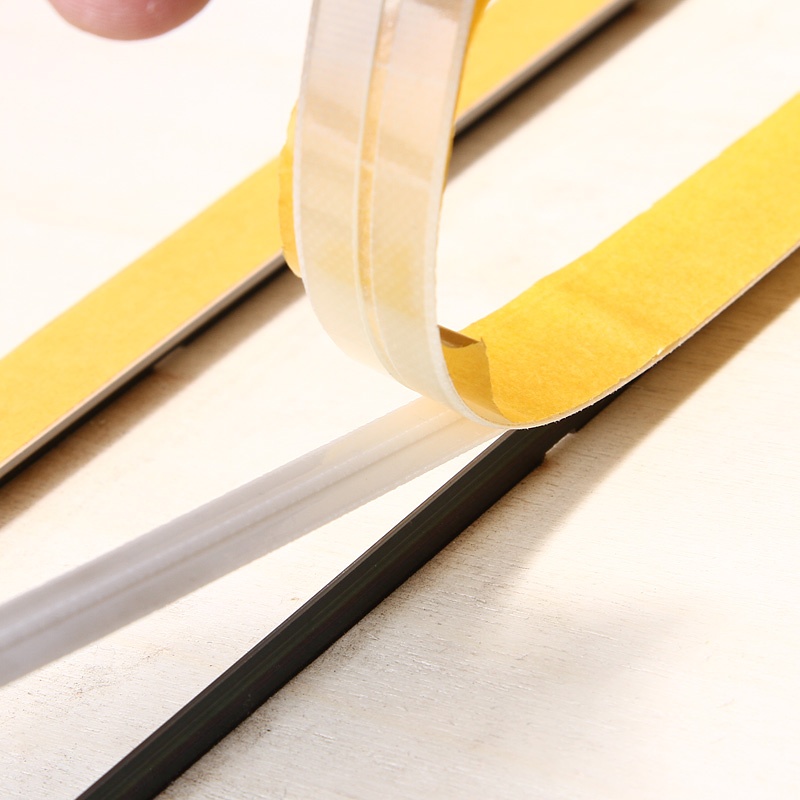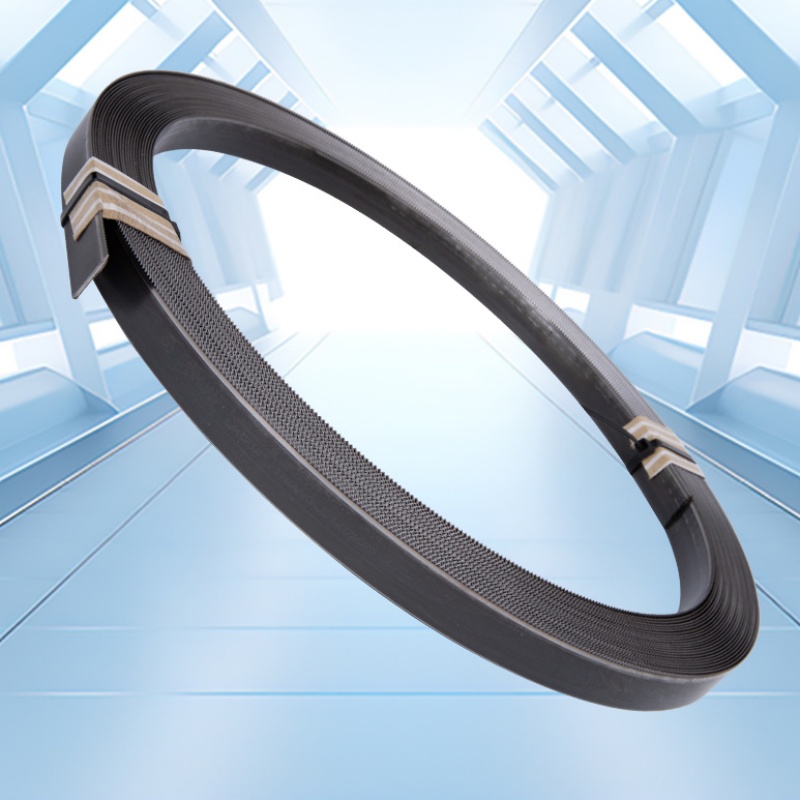
Sheet metal die formation methods are crucial task towards crafting superior components within multiple spectrum of industries. Their composition demonstrate remarkable toughness, allowing them to bear major pressures involved in manufacturing cycles. From aerospace elements to technological machinery, rule die steel maintains its presence in a myriad of sectors.
- Transportation elements: Rule die steel is indispensable for crafting resilient and meticulous units such as bushings, actuators and frames.
- Consumer Devices apparatus: The exceptional accuracy and hardiness of rule die steel make it beneficial for manufacturing complicated circuit boards.
- Stamping Dies: Rule die steel acts as the backbone of reliable tooling and molds used in various manufacturing systems, ensuring precise product deliverables.
Meticulousness Cutting Rules for Exact Sheet Metal Fabrication
Reaching precision in sheet metal fabrication entails thorough attention to accuracy, particularly when it comes to shearing. Deploying the right cutting rules is vital to guaranteeing uniform and trustworthy results. First and foremost, selecting the appropriate cutting method for your material thickness and desired edge quality is paramount. Options include water jet cutting, each with its own strengths. Then, understanding material properties like tensile strength, ductility, and hardness can help prevent warping or damage during the cutting process. Always review a material's datasheet for specific guidelines on safe cutting practices.
- Equally, maintaining sharp cutting tools is important for clean cuts and preventing stress on the sheet metal.
- Temperature stabilization the material can reduce thermal stress and improve cut quality in thicker materials.
- Ultimately, post-processing steps like deburring and edge finishing are imperative for ensuring a professional and functional product.
Grasping Punch and Die Construction
Punch and die construction is a fundamental aspect of the metal stamping process. These tools form metal sheets into various fragments by applying exact pressure. The design and construction of punches and dies strongly influence the effectiveness of the stamped wares. A well-constructed punch normally features a hardened steel tip to withstand repeated hits, while the die works with this force with a precisely machined cavity. The interface between these two elements protects the accurate transfer of shape and proportions to the metal sheet. The elaboration of punch and die construction can adjust based on the particular requirements of the stamping application. Parameters such as the material thickness, shape complexity, and production volume altogether play a role in determining the framework of the tools. Understanding these fundamental principles of punch and die construction is crucial for anyone involved in the metal stamping industry. From manufacturers to operators, a solid grasp of this subject can cause to increased efficiency, product quality, and overall success.Advanced Creasing Matrices for Better Folding
When it comes to achieving precise forming in the realm of fabrication and material processing, creasing matrices emerge as a indispensable element. These specialized tools, often crafted from rigid materials like polycarbonate, are strategically designed to impart distinct creases into sheets or substrates. By exerting controlled pressure at specific points along the material's surface, creasing matrices effectively designate fold lines that guide subsequent bending operations. This pre-creasing process notably enhances folding accuracy, resulting in more reliable and aesthetically pleasing final products.
- The precise nature of creasing matrices allows for the production of intricate folds and designs.
- They can be customized to accommodate a wide range of material thicknesses and properties.
- Creasing matrices play a vital role in industries such as paper manufacturing, cardboard packaging, and printed circuit board fabrication.
Ultra-High Rule Die Steel for Vehicle Manufacturing
The automotive area is continuously seeking materials that can withstand the stringent conditions of manufacturing and working. Distinctly, high-speed rule die steel has emerged as a essential asset due to its exceptional characteristics. This steel exhibits distinguished hardness, wear resistance, and toughness, making it ideal for producing intricate auto parts.
- Besides, its ability to maintain these properties at elevated temperatures enables efficient production processes.
- Roles of high-speed rule die steel in the automotive industry are broad.
- Instances include cutting tools, molds for plastic components, and dies used in sheet metal stamping.
Improving Rule Die Steel Hardness for Cutting Performance
Gaining optimal cutting performance with rule die steel hinges on carefully determining the appropriate hardness level. A modulation between hardness and ductility is essential to ensure both cleanness of the cutting edge and resistance to breaking. Harder steels can withstand increased cutting forces and resist deformation, leading to longer tool life. However, excessively hard steels may become brittle and prone to chipping, compromising the integrity of the cutting process.
- Influences like material being cut, cutting speed, and feed rate all modify the ideal hardness range.
- Employing thermal processing can effectively modify the hardness of rule die steel.
Understanding the relationship between hardness and cutting performance allows for fine-tuning of tool life, surface finish, and overall cutting efficiency.
Factors to Consider When Punching Various Materials
When designing punches for material conversion, several crucial considerations must be taken into account. The type of material being punched significantly determines the punch design. For instance, solid materials like steel require punches with sturdy edges to effectively penetrate and deform the material. Conversely, pliable materials like aluminum can be punched with punches featuring smoother geometries to minimize edge damage and ensure clean cuts. Also, factors such as the material's thickness also play a role in punch design. Thicker materials often necessitate larger punch diameters and increased pressure for successful piercing. Understanding the material's qualities is essential to select an appropriate punch material and geometry that ensures optimal performance and minimizes tool wear. All in all, a well-designed punch should effectively produce the material while minimizing deformation, damage, and tooling wear.Honing of Cutting Dies
Maintaining cutting dies in peak condition is important for ensuring accurate and efficient die-cutting operations. Over time, the cutting edges of dies can become dull or damaged, leading to inconsistent cuts, material rejects, and increased production costs. To maximize die lifespan and optimize cutting performance, it's imperative to follow a regular sharpening and maintenance schedule.
- Regularly inspect cutting edges for signs of wear, such as chipping or rounding.
- Engage specialized sharpening tools designed for die-cutting applications.
- Clean dies comprehensively after each use to remove debris and prevent rust buildup.
- Store dies in a clean, dry environment when not in use to protect them from corrosion.
By adhering to these best practices, you can extend the life of your cutting dies and confirm consistent, high-quality die-cutting results.
Selecting Rule Die Steel by Application
When picking rule die steel, consider its purpose. Various types of rule die steel stand out in different applications due to their unique characteristics. For example, high-carbon steel is suited for high-strength rule dies used in demanding applications like construction production. On the other hand, tool steels with specialized elements are often recommended when hardness retention is paramount.
- Engage a reputable rule die steel provider to determine the best kind for your specific needs.
- Variables like fabrication technique, production volume, and material being processed all influence the ideal rule die steel adoption.
It’s important to note that proper handling and lubrication can significantly amplify the lifespan of your rule die steel, regardless of its classification.
Accurate Creasing Matrix for Packaging Applications
In the realm of innovative packaging design, precision is paramount. A superior creasing matrix plays a vital duty in ensuring clean, clear creases that enhance the visual impact of packaged products. These matrices are meticulously developed from durable materials like steel or carbide, and they come in various configurations to accommodate diverse packaging criteria.
The precision of a creasing matrix directly impacts the effectiveness of the finished package. A well-maintained folding matrix will result in clean creases that not only elevate the product's visual presentation but also contribute to its strength.
- Points to consider when choosing a creasing matrix include the material of the packaging, the required definition, and the capacity of production.
- Regular maintenance of the creasing matrix is important to protect its accuracy and extend its lifespan.
- Allocating in a high-quality creasing matrix can be a prudent decision for any packaging operation, as it contributes to the success of the production process and enhances the overall gain of the finished product.
Case Studies: Successful Implementation of Rule Die Steel Deploy
A compelling array of case studies demonstrate the remarkable efficacy of rule die steel across diverse industrial applications. From the demanding realm of automotive manufacturing to the intricate world of electronics production, these real-world examples exhibit the transformative power of this advanced material. Corporations have applied rule die steel to achieve remarkable improvements in product quality, generation efficiency, and overall operational resilience.
- One notable case study centers on a leading manufacturer of aerospace components, where the implementation of rule die steel led to a substantial reduction in part defects and an improved production cycle time.
- In another instance, a renowned electronics manufacturer professionally applied rule die steel to fabricate intricate circuit boards with unprecedented precision and accuracy, resulting in a substantial improvement in product reliability.
These case studies provide irrefutable evidence of the adaptability of rule die steel as a solution for addressing the evolving requirements of modern industries.
